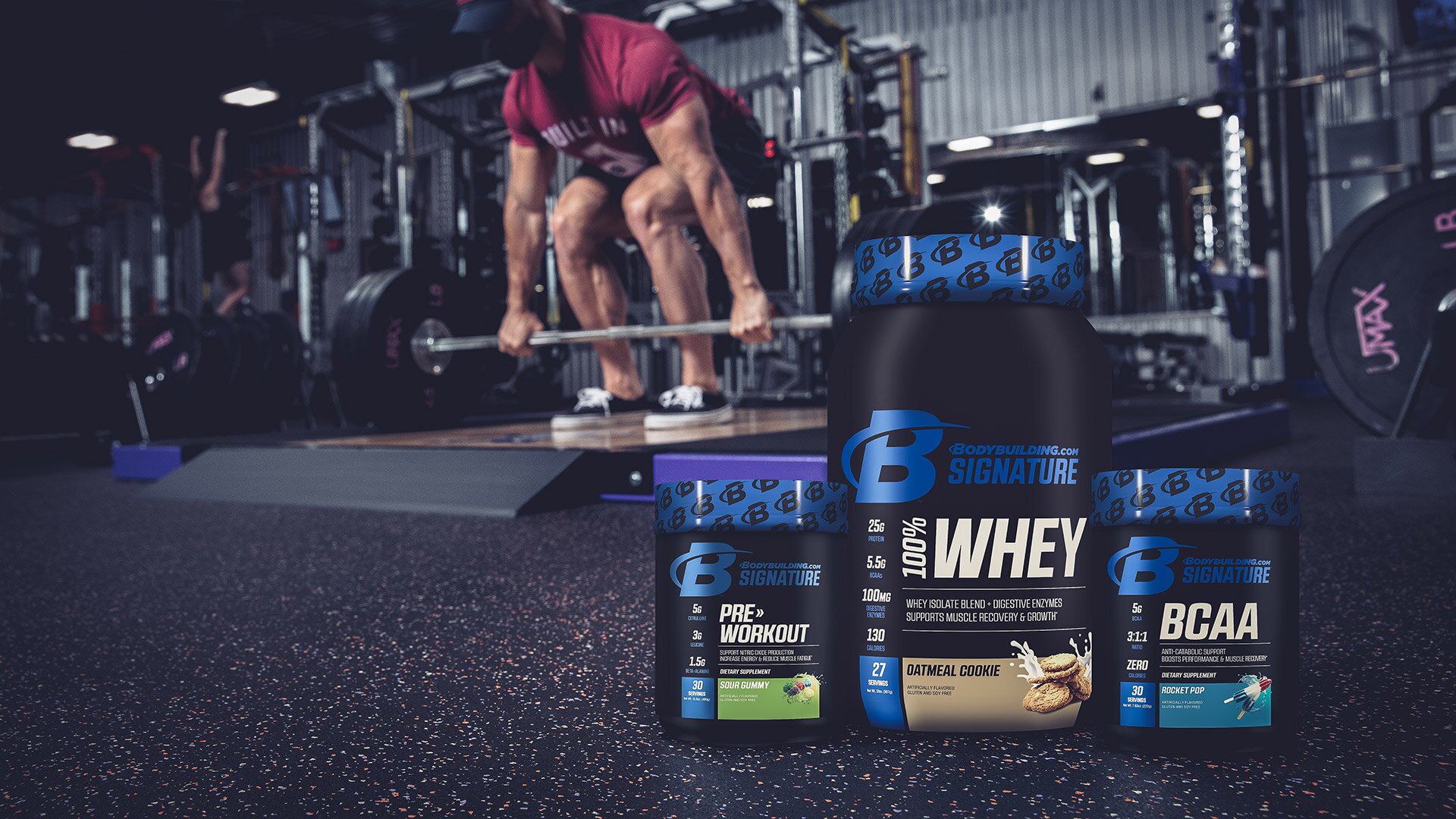Why: Unlike bad bacteria strains like Salmonella, Listeria, and E. coli that can make you sick or worse if they enter your digestive system in high enough numbers, there's a growing list of good bugs that should take up residency within your body if you're to maintain optimal health.
Consuming a wide variety of fresh or lightly cooked organic fruits and vegetables can do wonders for supporting a healthy and diverse population of beneficial bacteria, and that's where your strategy should start. But unfortunately, the environment you live in, how you respond to stress, your lifestyle and diet, eating processed foods, and a wide host of chemicals (including high-intensity sweeteners—both "natural" and artificial) can beat the life out of these gut good-guys.
What: The lactobacilli and bifidobacteria strains of probiotics are the most common that you'll find in almost all supplements. Current recommendations are that you cycle between products that contain a variety of different probiotic strains, because once you get enough good bugs in your system and consume a sound diet with ample variety, the good guys will multiply on their own.
Therefore, like a healthy society, you want to increase the diversity and the total number of good guy bugs as opposed to just supporting a single homogenous sub-population. Also, only choose probiotics from companies that will provide a guarantee of the total number of active "colony-forming units" (CFUs) for each of the probiotic strains listed on the product, all the way up to the product's expiration date. Otherwise, it's very likely that what was originally in the supplement has decreased dramatically since manufacturing.
How: Consume probiotics with meals or snacks high in plant (vegetable and fruit) polyphenols, other phytochemicals, omega-3s, and other "good" fats.



